 Originally published in REMonline.ca
Originally published in REMonline.ca
Jul 16, 2019
By Natalka Falcomer
Maybe it’s the new flight service by Porter Airlines to Muskoka or maybe it’s the smog that’s prompting Torontonians to move from the hustle and bustle of the city to set up a life in cottage country. Or maybe (and more likely) it’s the cost of a home in the city.
Some Torontonians are opting out of the market to find greener (literally) pastures in the rural parts of Ontario. The math makes sense even if you decide to buy in rural Ontario and rent in Toronto. How? Homes, and therefore mortgages, outside of our urban centres are significantly cheaper than the urban core. As an article reported in Toronto Life, if you Airbnb your cottage when you’re caught in the city, you will more than cover your mortgage and your Toronto rent.
There are, however, some caveats and critical legal and practical issues that may affect your decision.
Short-term rentals:
If you plan to put your cottage on Airbnb, be aware of noise regulations and open fire rules and your neighbours, who may not be pleased with short-term renters partying throughout the summer months. Especially if they’re out there to relax. Zoning restrictions, and not just noise by-laws, may also be in store for parts of cottage country. And don’t forget that your insurance will be sky high because you’re not living in the cottage and because you’re renting it out.
Financing:
Some other things to consider: many banks will only permit financing if the cottage has a furnace, a heated water line from the lake during winter months and a foundation in the ground and not on cinder blocks. Also, as further described below, ensure that the roads are maintained all year and that the property has a proper septic system and clean drinking water. If not, your lender may back out at the last minute. One wonders also wonders about the impact of insurance on homes near the water due to the flooding in Muskoka … stay tuned!
Easements:
Easements and rights of way are deceptively complex legal concepts and often the cause of litigation between neighbours. The point of most easements or rights of way is to ensure that adjacent properties are accessible or that views are protected. Sometimes these easements are noted on title, while in other cases they’re granted by legislation or arise out of implication. Often when there’s nothing in writing or on title, neighbours will litigate over whether or not such access rights exist. As such, if you intend on buying a cottage that needs access to its neighbouring property or if you want to protect a view, don’t assume these rights are protected. Confirm if these rights are registered on title. If not, you may be exposing yourself to unhappy neighbours or a lawsuit.
Unregistered hydro easements:
Unregistered hydro easements can be highly problematic because they permit the hydro authorities to cut through your land and prohibit you from building on the hydro easement. Case law and Hydro One’s policy requires homeowners to be financially responsible for the maintenance of wires and poles found on or near their property. To complicate matters further, such hydro easements are not found on title! You must contact the appropriate hydro authority to determine such easements.
Waterfront improvements:
Never operate under the assumption that the existing cottage or dock on a property is in line with bylaw mandates. Take, for example, a dock. The provincial Public Lands Act and federal Fisheries Act will apply if the construction of a dock impacts both the shoreline waters and fish habitat. This means that the construction of a dock may require not only municipal approval, but also federal and provincial approvals and permits. Ensure that these permits are in place before you purchase any oasis.
Property insurance:
Proximity to a fire hall can impact the rate charged for fire insurance. Typically, insurance companies focus on whether the structure is within five miles of a responding fire hall. In certain locales, insurers may not provide coverage, given lack of adequate fire protection. Get this information before an offer goes in.
Seasonal zoning:
While you may want to escape to your cottage year-round, it doesn’t mean that this is an option. Some rural residential properties are zoned “seasonal”, which means roadways are not maintained during the winter. Apart from no access during certain seasons, you may also be on the hook to provide and pay for maintenance. Seasonal zoning means that the municipality may not provide emergency services in the wintertime, which is cause for concern if you have elderly visitors or grandchildren.
Water supply:
If the water supply for the cottage is municipally provided, you’re in luck. Unlike most cottages that are supplied by well water, you don’t have to be concerned with potability. This is because there is no reliable potability certificate for well water, or water drawn from lakes or a cistern.
Wells supplying multiple properties may be subject to the Ontario Clean Water Act, and easements for pipes from neighbouring wells (if registered) may violate the Ontario Planning Act. As always, request applicable certificates and obtain warranties from the seller that the water supply is in accordance with all federal, provincial and local regulations.
Septic:
Septic systems require approval by the municipality or the Ministry of Natural Resources. Ask the sellers for such documentation. If you plan to make any additions to the cottage that affect the septic system, you are likely required to get additional approval to satisfy regulatory requirements. If you plan to rebuild and expand the cottage you plan to buy, ensure that such growth is permissible.
Natalka Falcomer
Natalka Falcomer is a lawyer and Certified Leasing Officer who has a passion to make the law accessible and affordable. She founded, hosts and coproduced a popular legal call-in show on Rogers TV, Toronto Speaks Legal Advice. She founded Groundworks, a firm specializing in commercial real estate law, and is the EVP of corporate development at Chestnut Park.


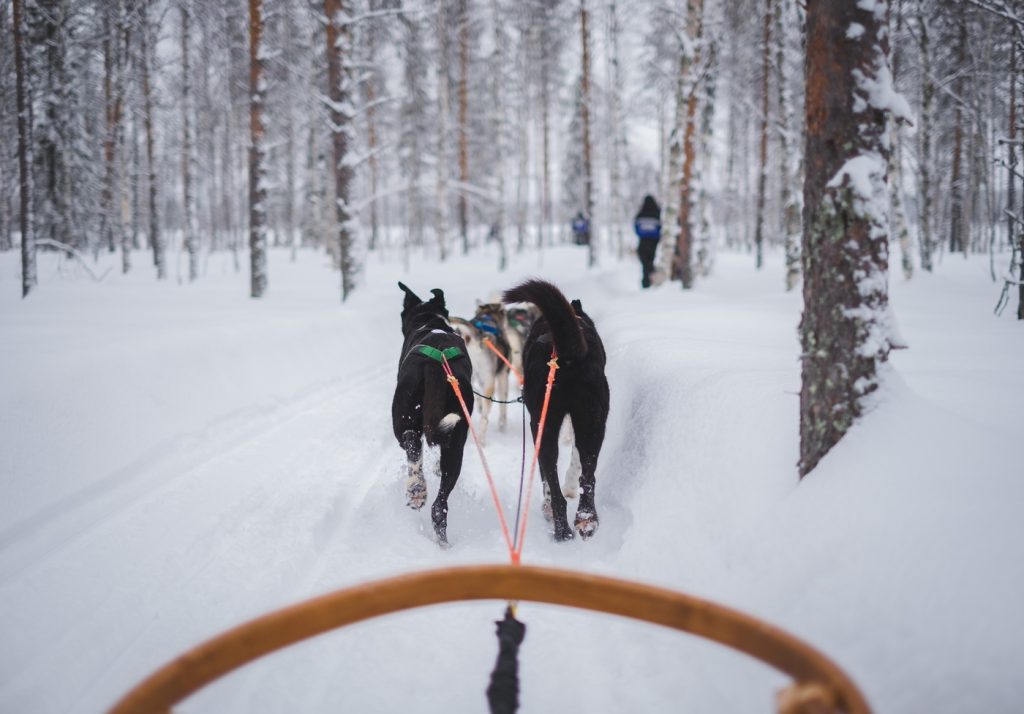







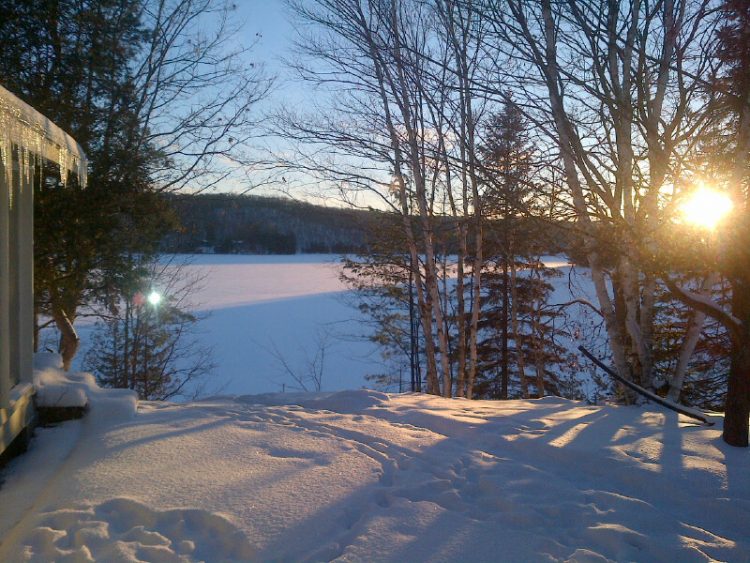

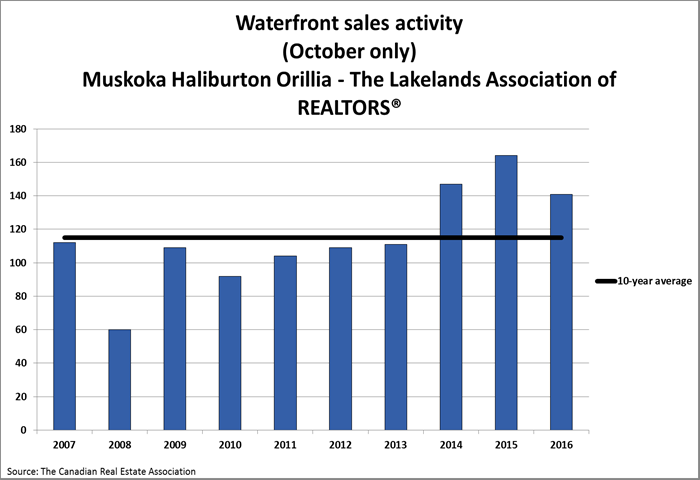
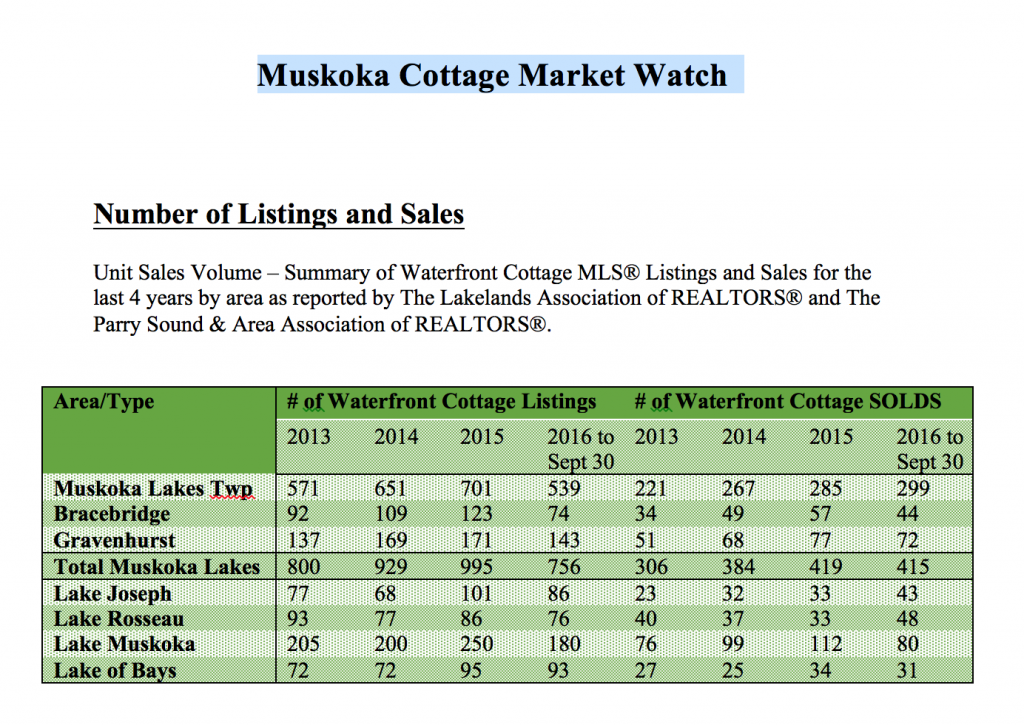
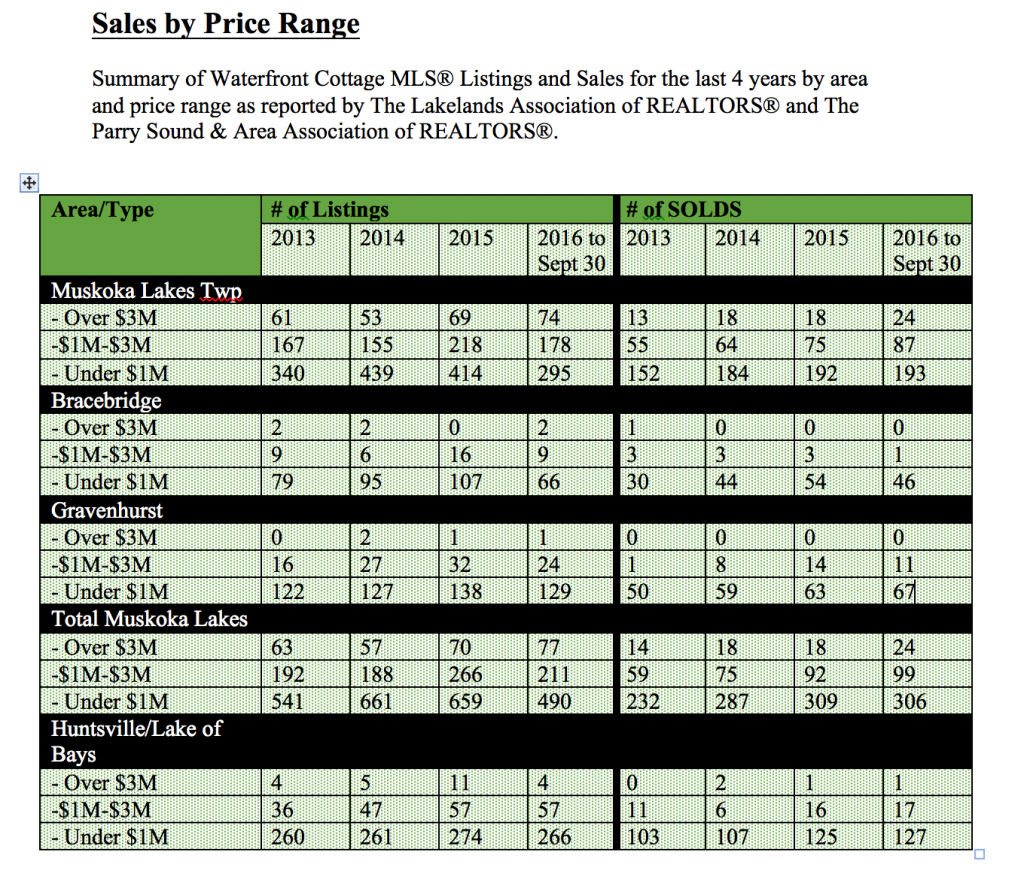



 Lesley-Anne Goodfellow
Lesley-Anne Goodfellow